It wasn’t that long ago when listening to music meant crowding around a radio or a stereo set heavier than a Honda sedan, or lugging around a boombox for everyone in the vicinity to hear.
With the introduction of portable music players in the 80s, music became personal — and to be a music player-carrying teen, neon leg warmers, roller blades, and all, was the fashion statement of the moment.
Here, we’re taking a look back at four iconic music players that changed how we listen to music.
Sony Walkman, 1979
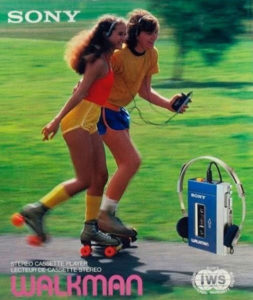
Ah, the Walkman. The true original, back when “mixtape” referred to a cassette cartridge containing, you know, tape.

In its first iteration, released by Sony in Japan as the TPS-L2, the Walkman was a pretty little blue-and-silver thing with adjustable volume sliders, buttons to fast-forward and rewind, and two headphone jacks, in case you wanted to share your favorite tunes with a special friend.
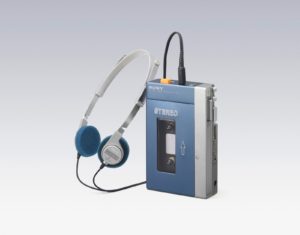
Though initial sales were lukewarm, the Walkman would come to the U.S. in 1980 and spread like wildfire. It literally made people want to walk.
Revolutionary as the Walkman was, not everyone was impressed. Some commentators prophesied an antisocial, dystopian world, one in which “urban hermits” were “losing contact with reality” and the Walkman itself precipitated “the end of meeting people.”
But freedom from a homebound music player clearly struck a chord, especially with younger listeners eager for independence. Over the next decade, Sony would continue to refine its original design, paring down its product to be lighter, slimmer, and more portable.
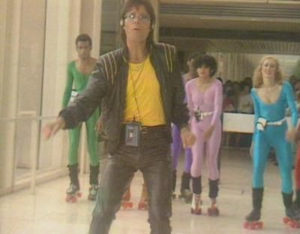
The image of the Walkman became inseparable from the image of the 80s, making its way into all those films and music videos about rollerskating teens.
Sony Discman, 1984
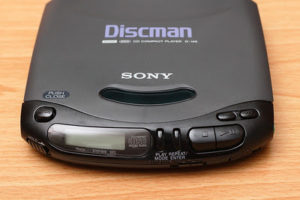
Sony continued its dominance of the portable music player market with the release of the D-50 Compact Disc Company Player in 1984. Realizing the name was a mouthful, the company switched to the name “Discman” in subsequent iterations, to the relief of everyone everywhere.
Whereas the first Walkman was blue and silver and featured tactile buttons, in its Discman, Sony opted for an all-black look, with flat buttons that preserved the overall sleekness.
The new device capitalized on the latest audio technology offered in compact discs, which had entered the mass market just two years prior.

CDs offered a cleaner listening experience than cassette tapes, eliminating the hissing and crackling that tended to plague magnetic tape. You also never had to worry about yanking the tape out of its cartridge.
However, shattering or scratching a CD became a problem of its own, and portable CD players could be far more temperamental than tape players in their sensitivity to movement. Jostling the player too much—say, if you were trying to run or rollerblade with them—would cause songs to skip. This would later be solved with electronic skip protection.
Despite the hiccups, CDs were the new cassette tapes, and to listen to the best and latest, you needed a CD player to play them.
Digital audio players, 1998
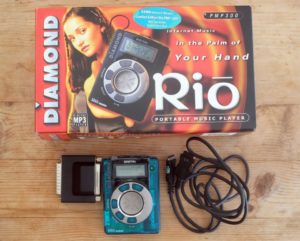
Despite their widespread popularity, and the periodic updates Sony continued to make, both the Walkman and the Discman were limited by their form factor. At their core, all Walkmans and Discmans needed to house, protect, and read the media contained within. And no matter how carefully curated the mixtape or burned CD, users could only access one preselected collection of songs at a time.
In 1998 and 1999, several companies attempted to circumvent these restraints by tapping into emerging mp3 technology. By encoding music as a digital file that would go straight to the device, instead of via an analog medium, audio players could theoretically transcend the physical limitations of cassettes and CDs.
SaeHan Information Systems, a South Korean company, launched its MPMan mp3 music player in 1998; an American competitor, Diamond Multimedia, introduced the Rio PMP300 later that year.
Though innovative in concept, the products were clunky in practice; mp3 technology was still in its nascent stages, and loading up an mp3 player could take hours.
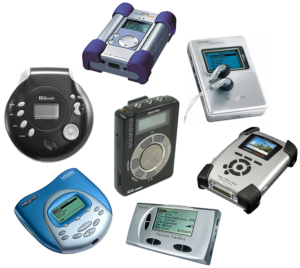
Just as importantly, none of these products captured the public imagination quite like the Walkman. (Heard of SaeHan or the MPMan before? Didn’t think so.)
Even into the late 90’s, “Walkman” was the generic name for any device that let you take your music with you. Indeed, by 1999, even Sony had ceded to the success of its watershed product, rebranding the Discman as a CD-Walkman.
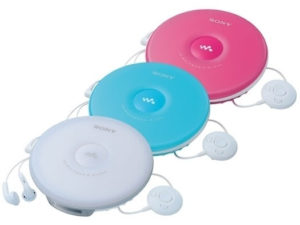
Apple iPod, 2001
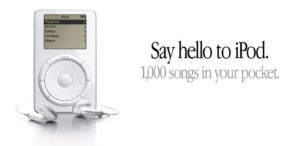
The giant-killer finally arrived in 2001. Apple’s introduction of the iPod spelled the end of the reign of Sony. Its interface — a rectangular screen sitting atop a circular click wheel, with a pressable button in the center — was intuitive and attractive. Almost instantly, the silhouette of the iPod became iconic.
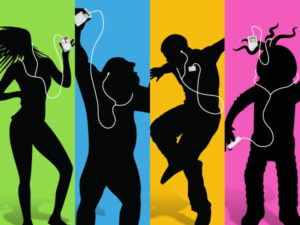
The iPod wasn’t the first mp3 player, but its design was revolutionary — and it entered the market only after mp3 technology had matured enough to let that design shine. With broadband internet expanding, more and more people were downloading their music instead of purchasing physical copies, and Apple’s iTunes allowed seamless integration between its computers and its iPods.
With that initial release, Apple set off its now widely-known practice of refining its flagship product each year — a touch-sensitive click wheel in the second iteration, a color screen in the fourth.
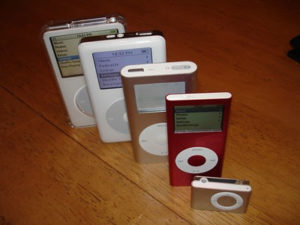
Apple also expanded its lineup beyond the original model — the slimmer Mini in 2004 and its even-slimmer successor, the Nano, in 2005; the screenless, minimalist Shuffle, also in 2005. Even after the iPod shed its iconic click wheel in favor of a touch screen, introduced in the iPod Touch in 2007, the allure of the classic iPod endured; it was only discontinued seven years later, in 2014.
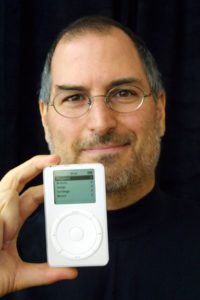
It took us 22 years to get a true second coming of the Walkman, in terms of both groundbreaking design and ubiquity. With 2023 approaching, perhaps we’re nearing a third — though now that the practice of listening to music has shifted to streaming Spotify and Apple Music on smartphones, a series of dedicated music players may never appear again.
But if nothing else, the iPod lives on as a token to our music history, a piece of nostalgia — and, more so than neon leg warmers, it still looks great.

